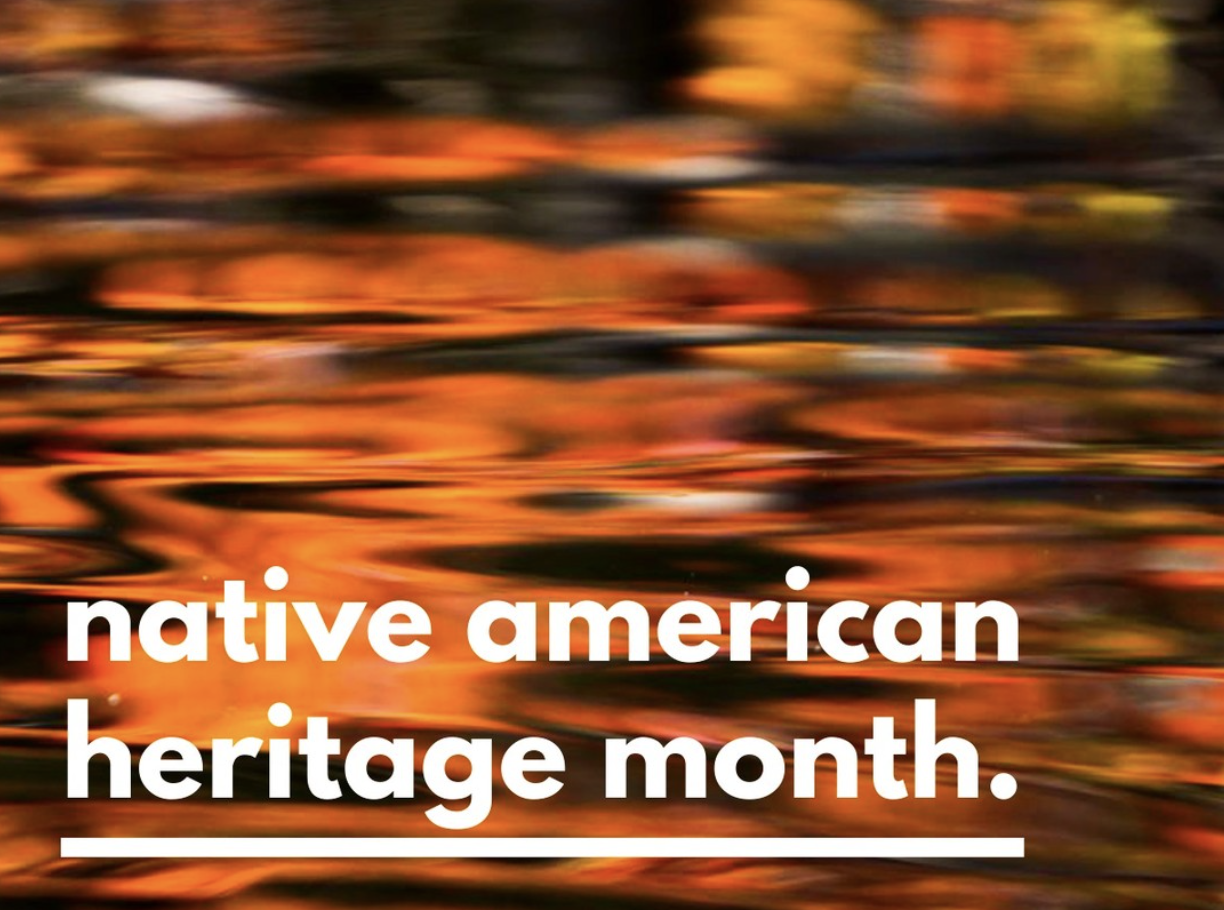November is Native American Heritage Month!
For over twelve thousand years, Indigenous people have stewarded our watershed, cultivating interdependent relationships with our river and advocating for its protection.
Indigenous people have endured the displacement, dispossession, and violence of colonization. Yet, Massachusett, Nipmuc, and Wampanoag nations have persisted, and are today resurgent––keeping cultural traditions alive, strengthening networks of care, leading the way for climate justice + ecological restoration, and creating new opportunities for Indigenous youth.
This Native American Heritage Month, we want to honor and recognize our river's Indigenous name, Quinobequin, and highlight the importance of centering the knowledge + perspectives of Indigenous peoples in our work to restore the Charles River + prepare for climate change.
THE QUINOBEQUIN
"When the land stretched far out into the ocean, when the glaciers pushed forward the sandbar that we now call Cape Cod, the ancestors of the Wampanoag, Nipmuc, and Massachusett people were the first to set foot on the newly revealed soil. Over 12,000 years, they watched the ice melt and retreat, forming bays and flooding the lowlands, creating islands from the mainland… our river began its meandering journey westward to meet the ocean. Then, our river was known by another name, #Quinobequin," writes Hartman Deetz, Mashpee Wampanoag.
CLIMATE CHANGE & INDIGENOUS KNOWLEDGE
"As Wampanoag people, we have been here in southern New England for over 12,000 years. We have seen the glaciers melt, the oceans rise. We have watched the coastline change, evolve, and retreat. We have always understood this process is so much bigger than us, and rather than trying to bend nature to our will, understood that we had to listen to the land itself. We also understood we did have the ability to impact the world we lived in, for better or worse. While we may not be able to stop the rain and snow that cause the rivers to swell and overwhelm their banks, or to hold back the rising tide ahead of a storm, we understood the value of the many varied parts of the land and our responsibility to protect them.
Indigenous ways of life kept the swamps and wetlands healthy and full of #biodiversity––providing crucial resilience and habitat for all of life. Swamps and wetlands were vital sources of food, medicine, and materials. The young thin cedar saplings were used to frame houses, and yet the practice of clear-cutting was never used, instead sustainable practices of selective cutting, and thinning the trees ensured the forests could thrive for future generations.
Today, Indigenous peoples have only 5% of the world's territory, but those lands contain over 80% of the world's biodiversity. As our climate changes in dramatic ways, we need to radically restore our relationship with our lands, and learn from Indigenous ways to restore ecosystems and ensure our collective survival."




